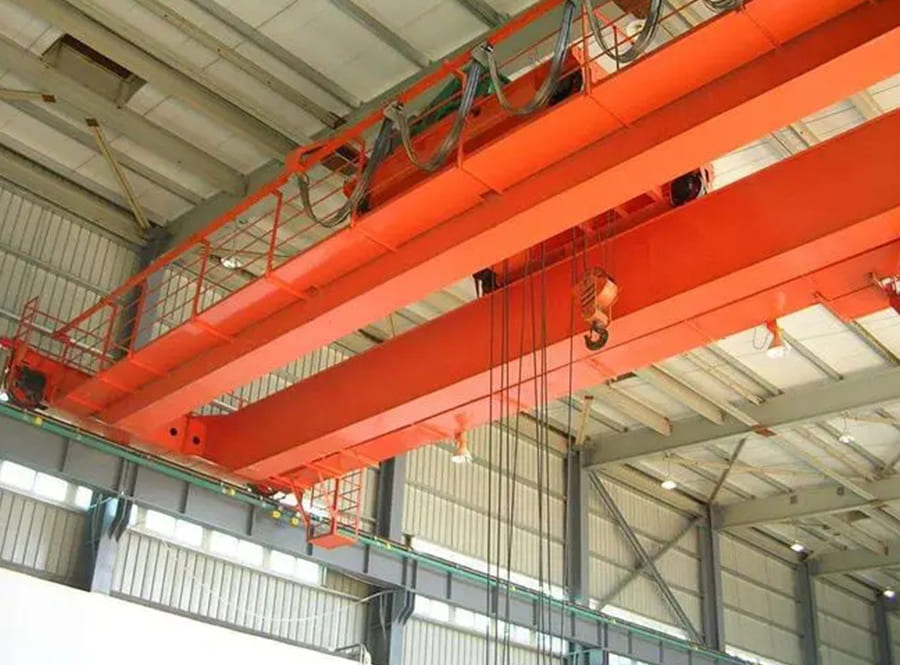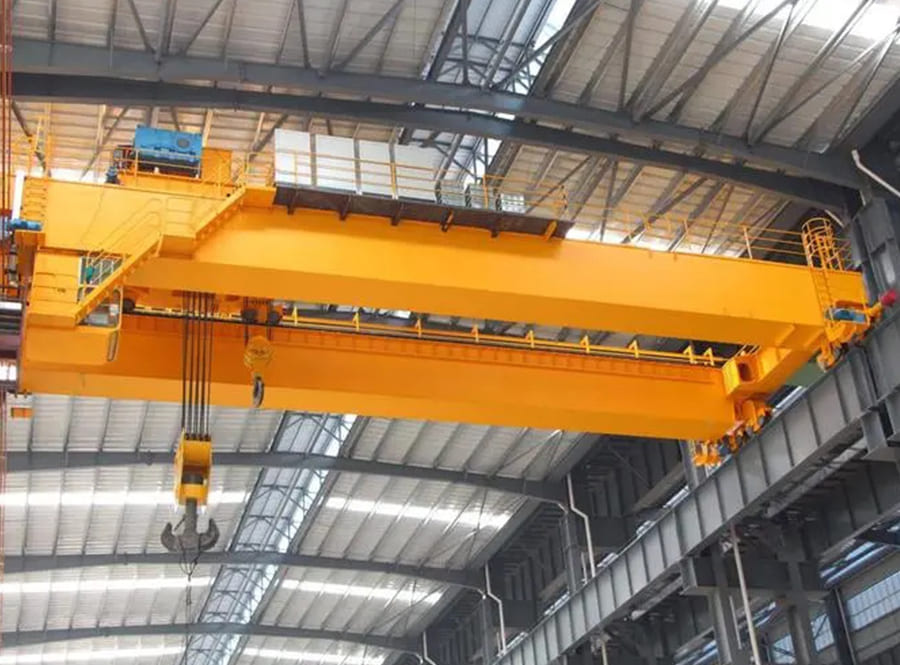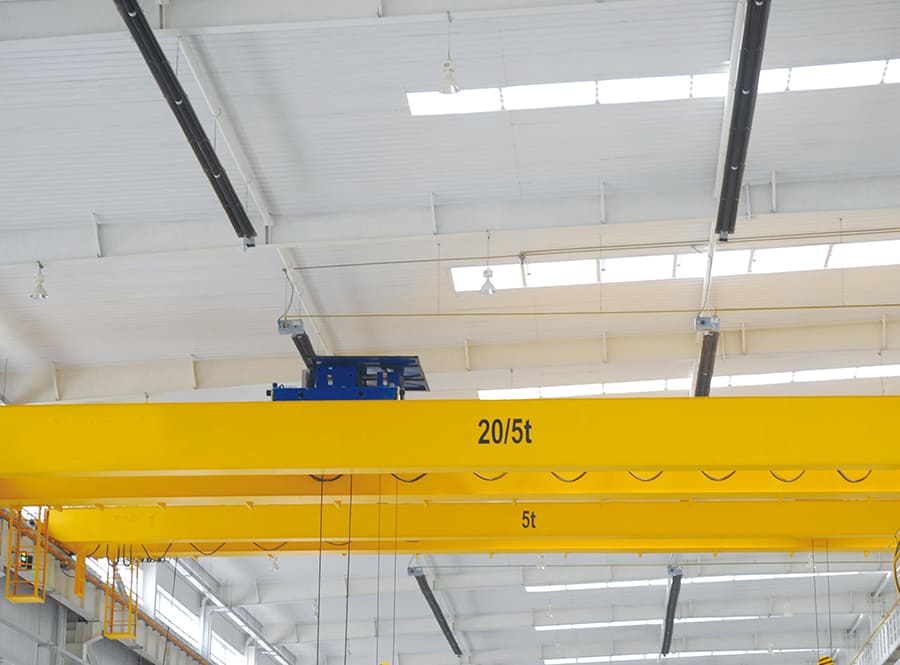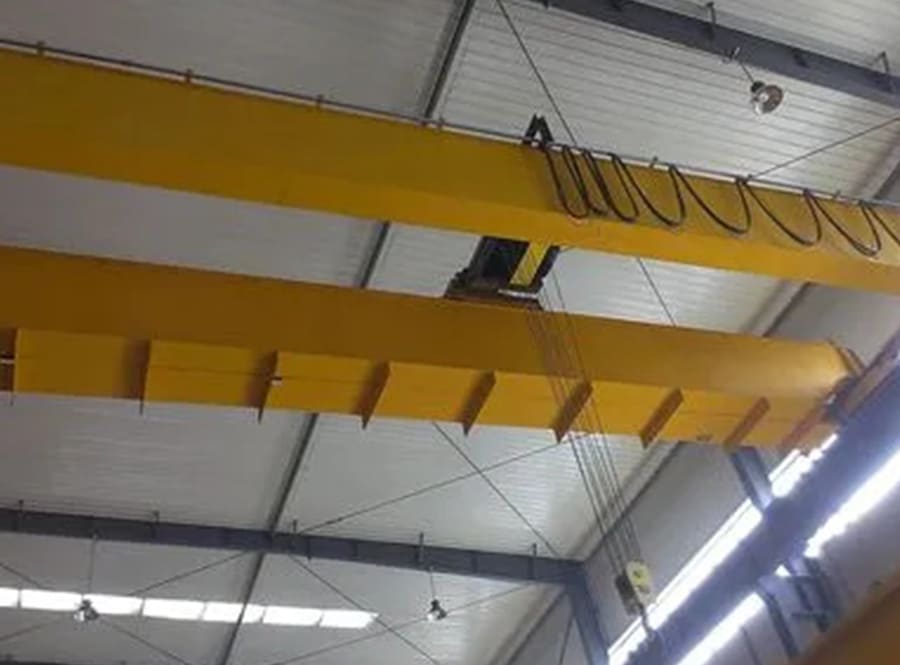A single-girder crane, as the name suggests, has only one beam. A double-girder crane generally refers to a double-girder bridge crane. A double-girder crane generally consists of three major parts: mechanical, electrical and metal structures.

The difference between single girder crane and double girder crane:
1. They are different in structure.
Generally, single-girder cranes have a relatively simple structure, light weight, and are relatively simple to install, daily maintenance, and assembly and disassembly; however, industrial double girder overhead cranes have a relatively complex structure, a large weight, and are relatively complicated to install, daily maintain, and repair.
2. Different production costs
The single-girder crane has a shorter span and consumes less construction materials, so the cost is lower; while the double-girder bridge crane has a larger span, more consumables, and higher technical content, so the production cost is higher.

3. Differences in operation methods
In terms of operation mode, single-girder cranes are generally operated on the ground and can be operated by handles and remote controls, while top manufacturer double girder overhead crane require workers to control them during operation.
4. In terms of mechanical properties
In terms of mechanical performance, single-girder cranes have relatively low stability, relatively small rated lifting capacity, and relatively low working levels; while double-girder cranes have relatively high stability, heavier rated lifting capacity, and relatively lower working levels. higher.
5. The two work environments are different.
Generally, single-girder cranes are suitable for work sites with short spans, relatively light lifting capacity, and relatively small construction site space. Custom electric double girder overhead crane are suitable for sites with long spans, relatively heavy lifting capacity, and wide construction site spaces.





















